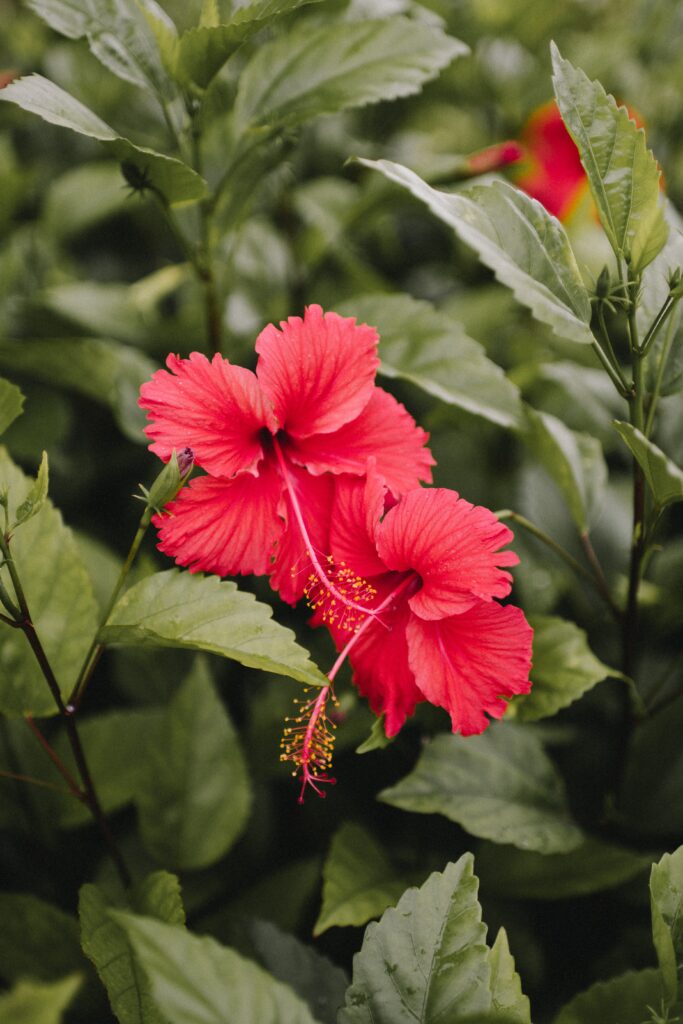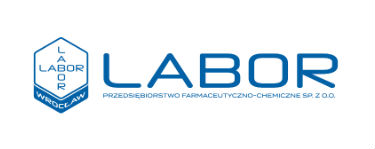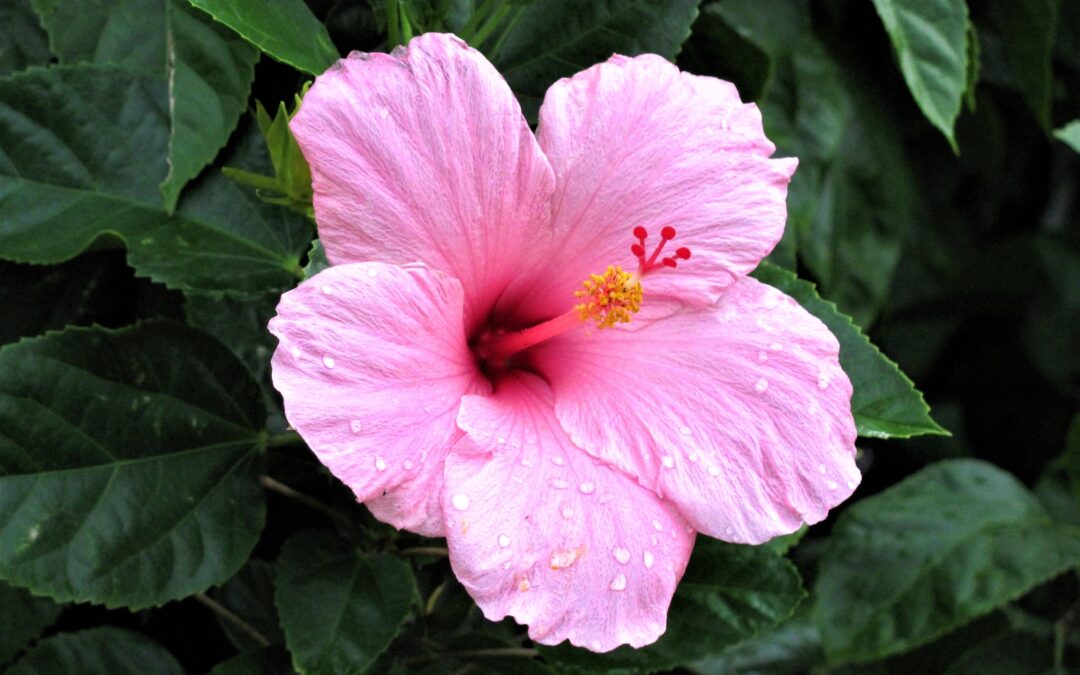Hibiscus (Hibiscus L.) is a genus of shrubs and herbaceous plants from the Malvaceae family. Other names include hardy hibiscus, rose of sharon, and tropical hibiscus. Depending on the systematic approach adopted, this genus includes from 200 to even about 700 species.
These plants mainly inhabit the tropics of all continents. They are also less numerous in various habitats of the temperate zone.
Due to its beautiful flowers, considered by many to be one of the most beautiful in the world, many species of hibiscus are grown as ornamental plants.
As a medicinal plant and in the food industry, Hibiscus sabbdariffa is mainly used. It is a species that probably comes from tropical Africa. Currently, it is found only in cultivation. It requires a tropical climate, so its industrial plantations are mainly located in Indonesia, Vietnam, Thailand, Sudan, Mexico and Egypt.
Chemistry
The pharmaceutical raw material is hibiscus sorrel flowers. They contain over 13% of organic acids, mainly citric, malic, tartaric and oxalic acids. They also contain significant amounts of ascorbic acid (vitamin C). Its content in hibiscus flowers is over 9 times higher than in lemons and 3 times higher than in blackcurrant fruits.
The red colour of the hibiscus flowers is the result of the high content of anthocyanin pigments and flavonoids.
In addition, in the flowers of hibiscus, we can find large amounts of mucus-like polysaccharides, as well as pectin, quercitin and vitamins B1, B2, niacin, the aforementioned vitamin C and ?-carotene, typical of the Malvaceae family.
 Use
Use
Hibiscus flower infusions were known in antiquity. The infusion of these flowers, called karkade, was the favourite drink of the pharaohs. To this day, this drink is toasts at Egyptian weddings and is served to welcome guests.
There are very few products on the market where the only ingredient is hibiscus. Very often, however, they are added to various mixtures of herbal mixtures and food teas as an ingredient that gives them a beautiful, red colour and a pleasant, sour, refreshing taste.
Hibiscus flowers have long been used in traditional folk medicine as an agent used in the treatment of hypertension, in fever, as a mild laxative and in cases of liver failure.
Research conducted today, both in vitro and in vivo, and clinical, confirmed the multidirectional activity of extracts from this raw material, including effective in the treatment of mild and moderate arterial hypertension, hypercholesterolaemia, which can prevent and support the treatment of atherosclerosis and coronary artery disease.
Antibacterial activity has also been demonstrated against numerous bacterial strains, including S. aureus and M. luteus. These results justify the use of ketmia in the treatment of gastrointestinal and skin infections.
The natural vitamin C contained in hibiscus flowers, as well as organic acids and other vitamins, make the extracts of the raw material strengthen the immune system and have a beneficial effect in colds.
Use in cosmetics
The polyphenols present in the extract inhibit the activity of the enzyme that breaks down elastin – elastase. Elastin is responsible for the elasticity of the skin, so maintaining its breakdown improves the appearance of the skin.
The very strong antioxidant properties of the extract are also very beneficial for the skin. In addition to the protective effect on the skin, they also protect cosmetics against slow decomposition, extending their shelf life.
Hibiscus flower extract, due to the presence of hydroxy acids, is also an important ingredient in cosmetics that exfoliate the epidermis.
AUTHOR: Dr n. farm. Andrzej Tarasiuk




